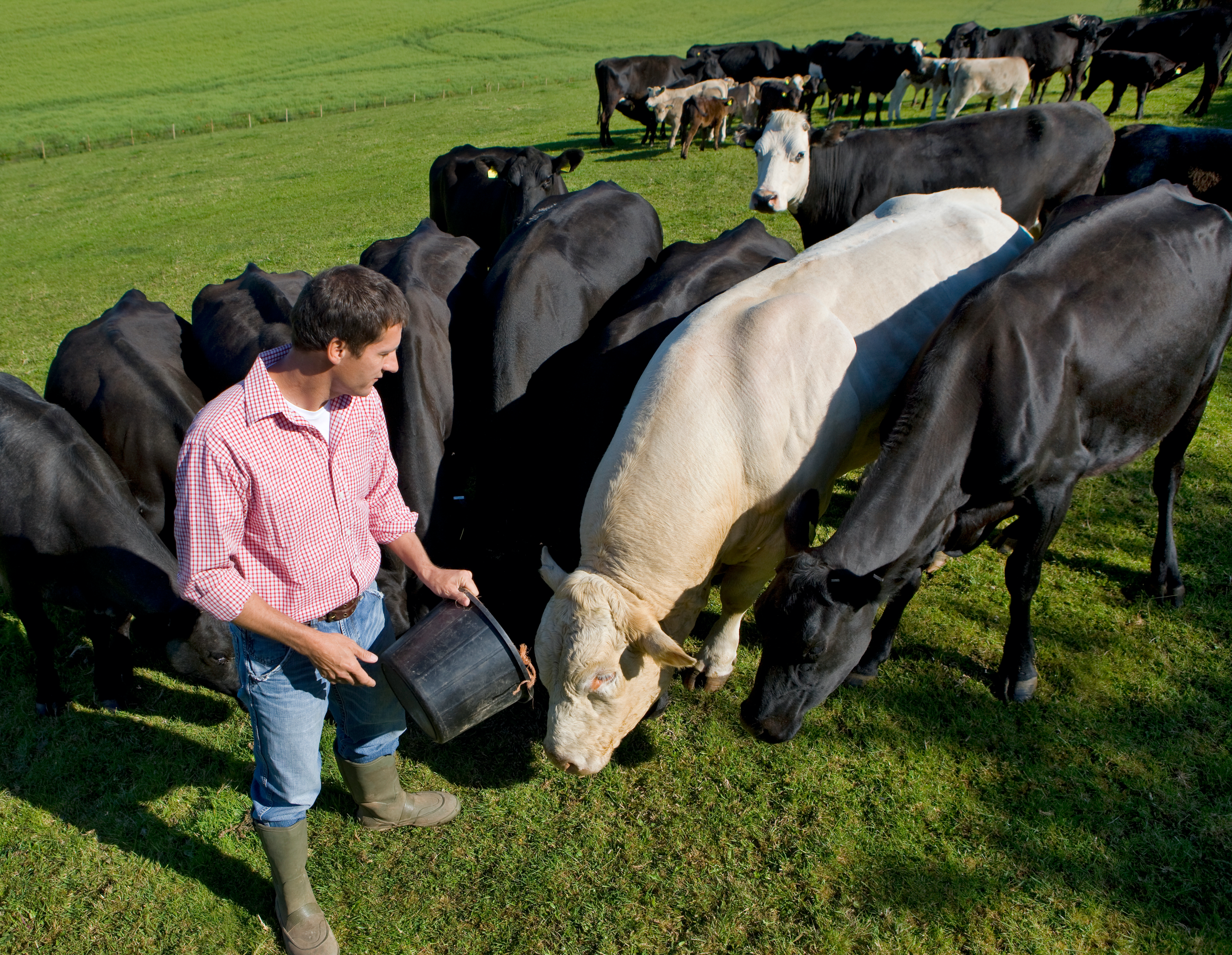Regenerative Agriculture
Your Farm, Regenerative Agriculture and Payments for Carbon Capture
What are Regenerative Farming Practices?
“Regenerative Farming” is a term used to refer to improving soil health, or sequestering carbon using no-till practices and/or planting cover crops.
It can include integrating livestock and crop production, and improving animal welfare practices. It can also refer to improving the social and economic well-being of communities, regardless of farm size. And it can also refer to increasing yields and increasing profits. The single purpose of the regenerative farming is to reduce Greenhouse Gas Emissions (GHGs) and draw-down carbon from the atmosphere.
* Source: USDA National Institute of Food and Agriculture


How Does Soil Reduce Carbon?
“You never want to see the ground.” Says Trey Hill from his farm in Maryland. It’s a far cry from his grandfather’s planting in a clean field each spring. Trey is using no-till farming which maintains the roots and organic materials, and holds carbon in the soil. It improves biodiversity, and inevitably reduces the need for chemical fertilizers.
“In early 2020, he [Trey Hill] became the first seller in a privately run farmer-focused marketplace that paid him $115,000 for practices that, over the past few years, had sequestered just over 8,000 tons of carbon in the soil.”
Soil can reduce carbon by storing it underground: Every microorganism that enriches the soil, is made of carbon. Every cover crop and root system maintained, harbors carbon. With regenerative practices, one-acre of farmland may harbor approximately 1 ton of carbon per year.
* Source: USDA National Institute of Food and Agriculture
Examples of Regenerative Farming Practices
1. Crop Rotation and Crop Diversity
Crop rotation, planting different crops in different locations over the years, helps replenish previously removed from the soil by planting and replanting the same cop. Another option is the planting an assortment of one variety of a species.
2. Cover Crops & Reduced Till or No-Till Farming
Planting cover crops can build and protect the health of the soil. It replenishes soil nutrients and prevents soil erosion. This inhibits weed growth and reduces the need for herbicides.
No-till farming methods can also improve soil quality and hinder soil erosion. Using this method, seeds are inserted into unplowed ground.
3. Beneficial Insects and Animals
Releasing populations of helpful insects onto crops can help to control pests and eliminate use of some chemical pesticides that are harmful to the environment.
4. Managed Grazing
By moving livestock to various pastures allowing them to graze on different plants helps ensure that animals are consuming a healthy range of nutrients reducing the likelihood of disease or infection. This practice is also good for the soil.
5. Selling Locally Directly to Consumers
Farmers who sell direct to consumers at local markets, restaurants, retailers and schools limit greenhouse gases due to limiting transportation of crops by vehicles.

